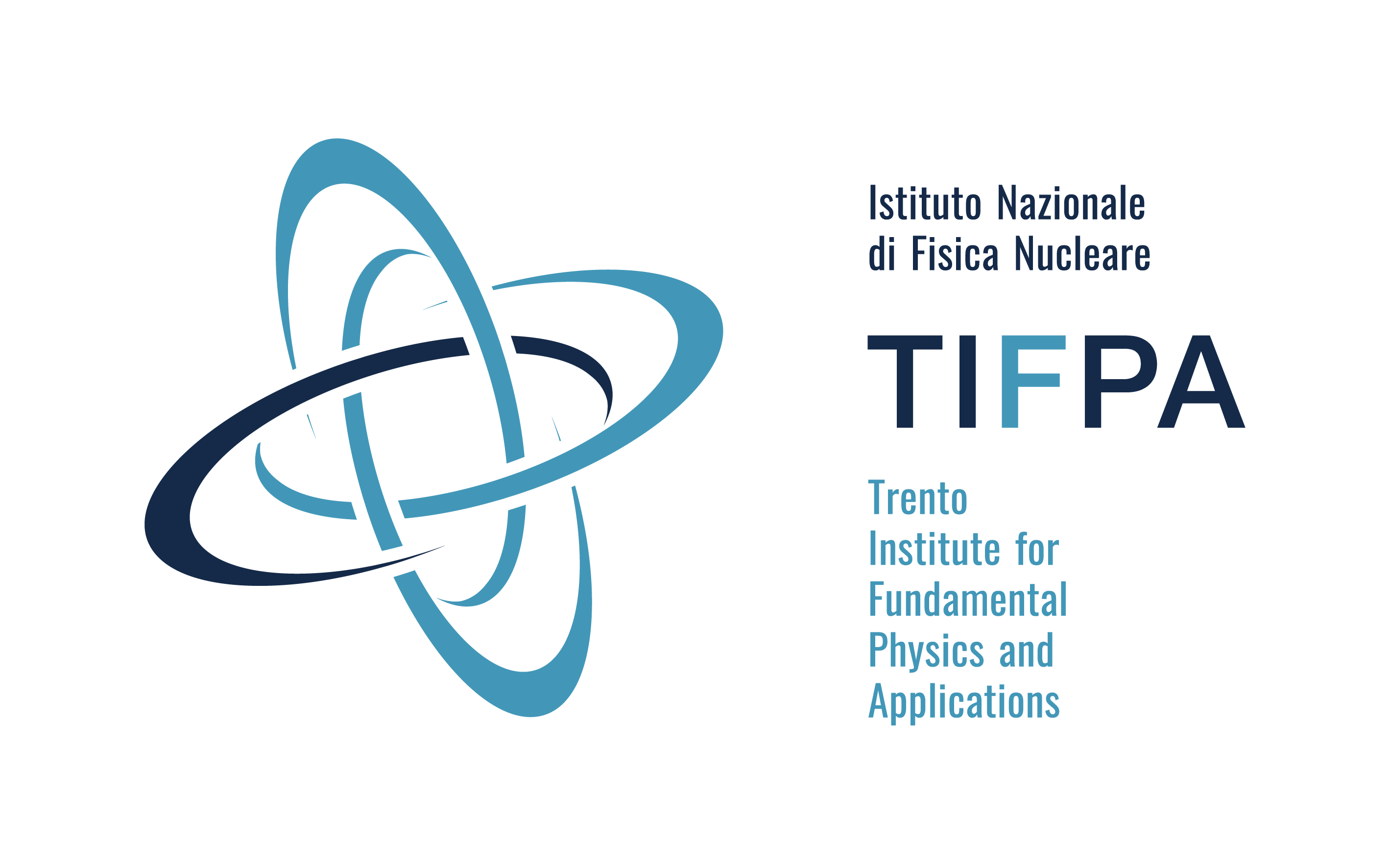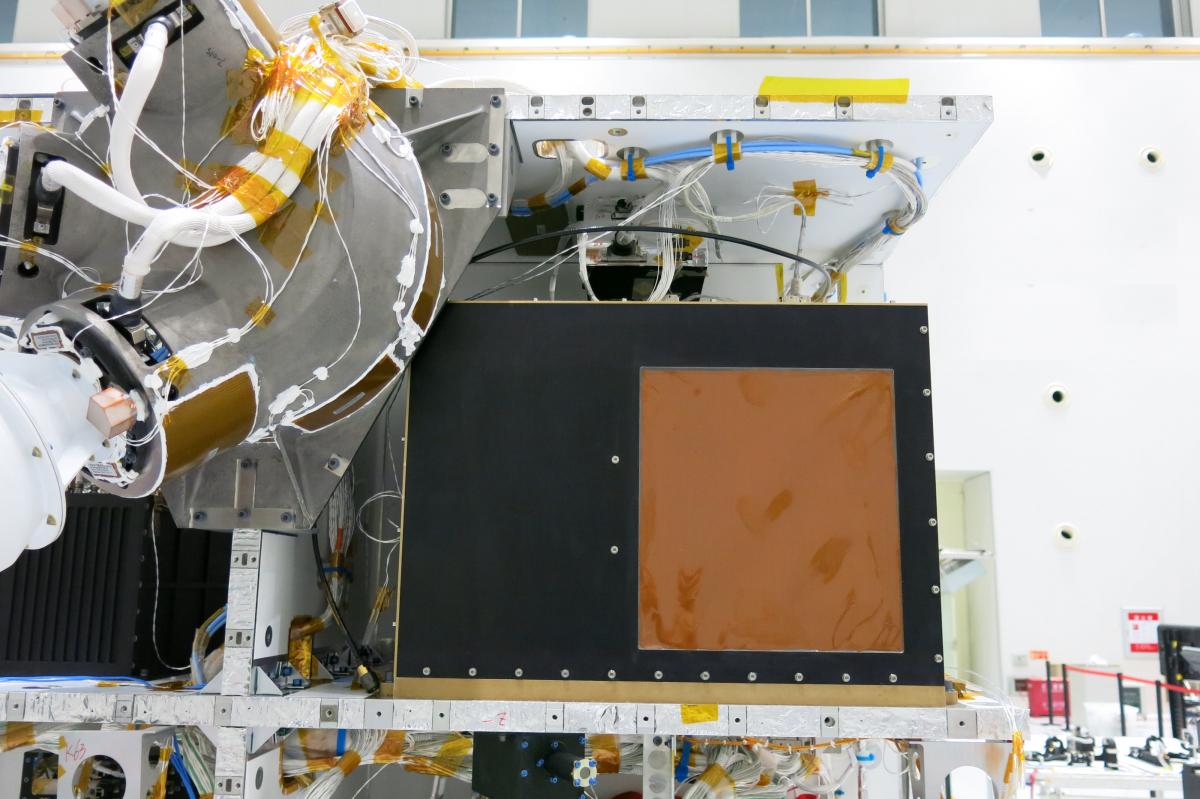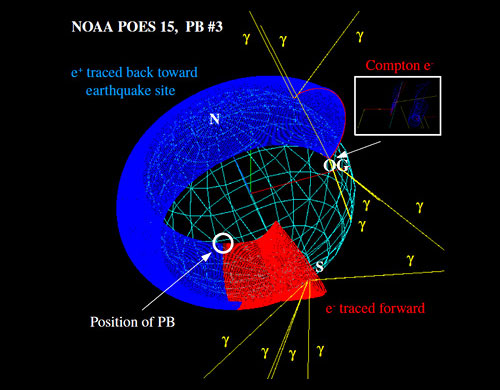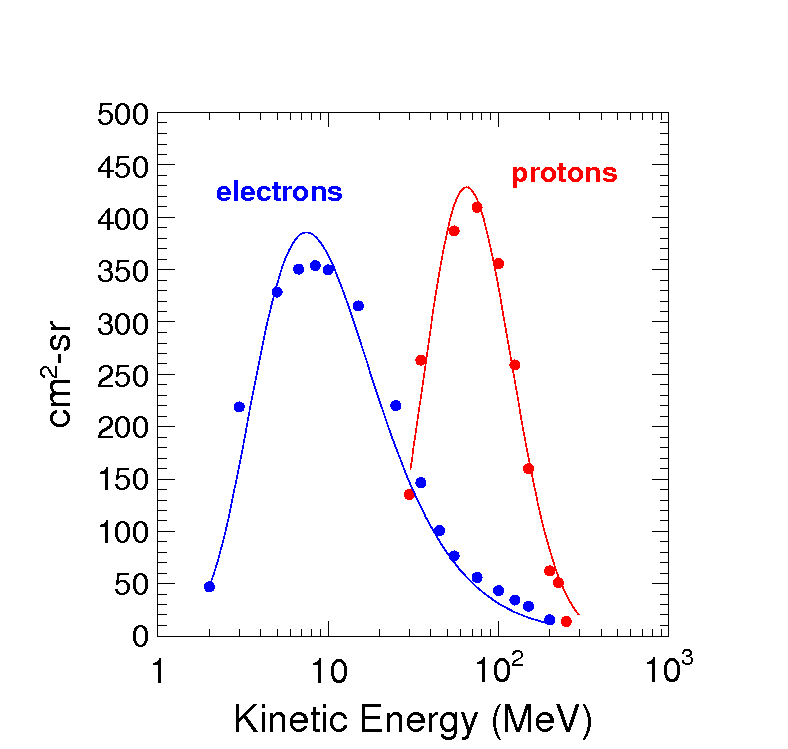LIMADOU
LIMADOU is the name given in honour of the missionary Matteo Ricci (1552-1610) to the experiment of the Chinese Seismo-Electromagnetic Satellite (CSES). The High Energy Particle Detector (HPED), designed and constructed by INFN, is the italian scientific payload on the CSES. The HEPD will study a phenomena reported by instruments on different satellites, which indicates a time correlation between the main earthquake shock and an increase in the electron flux in the inner Van Allen radiation belt. The CSES includes instruments to measure the electric and magnetic fields in order to understand the physics of the lithosphere-atmosphere-ionosphere coupling responsible for the phenomena.






